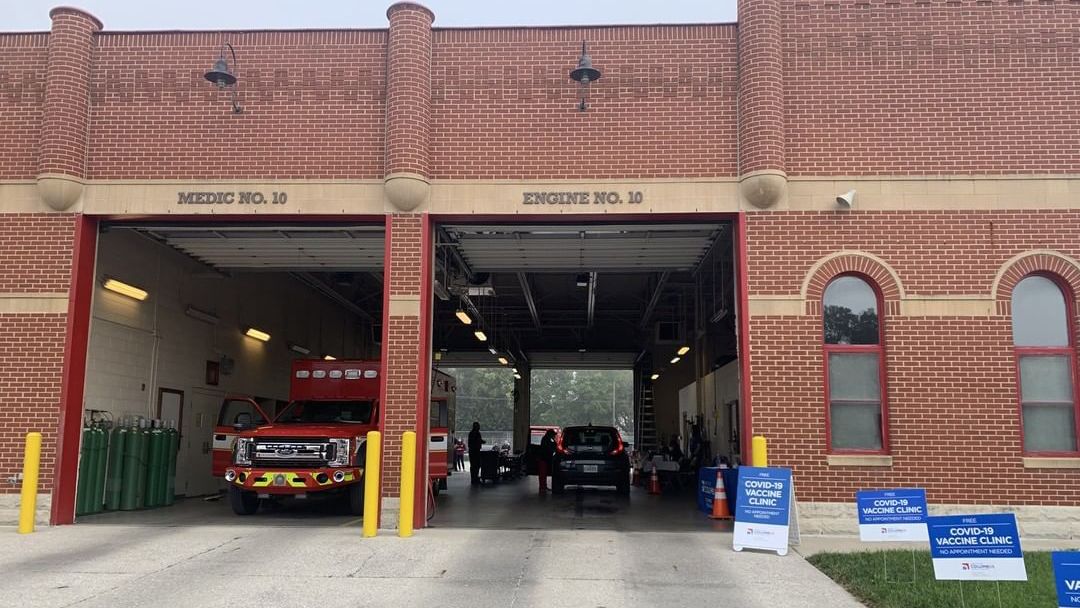COLUMBUS, Ohio — Two fire station clinics in Columbus began offering COVID-19 vaccines this week, an effort by the city’s health department to make immunizations convenient in vulnerable neighborhoods.
What You Need To Know
- Fire station clinics in Franklinton and South Linden are offering vaccines
- Residents can get COVID-19 and flu shots at the weekly immunization clinics
- Dr. Roberts says it's important to get out the vaccine in vulnerable neighborhoods
Columbus Public Health Commissioner Dr. Mysheika Roberts said the fire stations work well as sites for the health department to administer vaccinations in a drive-through setting.
Roberts said the department learned that residents appreciate that style of vaccination clinic from its experience offering shots at the Celeste Center, where it ran a mass-vaccination site until the end of June.
“This is an opportunity for us to do a drive-through clinic similar to what we did at the Celeste Center, which was so popular, but to do it community-based in neighborhoods that have access issues, transportation issues, that are also very vulnerable and need to be vaccinated against COVID-19 and flu,” Roberts said in an interview.
About 25 people received a COVID-19 vaccine and about 30 people received flu shots on Tuesday at Fire Station 10 in Franklinton, she said.
In addition to flu vaccines, residents can get first, second and third COVID-19 vaccine shots at the weekly clinics.
On Thursdays, the health department offers vaccines at Fire Station 18 in South Linden.
In Franklin County, vaccination rates are greater in neighborhoods where residents have higher education-levels and higher-paying jobs, Roberts said. Vulnerable urban neighborhoods are less vaccinated than suburban parts of the county, she said.
The health department is trying to close those gaps with efforts like the fire station clinics. Roberts said the city’s $100 “Vax Cash” incentive, which is not available at these clinics, has also helped reduce disparities in vaccination rates.
Achieving a higher-vaccination rate could help Columbus meet its goal of dropping from red to yellow on the Centers for Disease Control and Prevention’s community transmission tracker, Roberts said.
She explained that the health department has recommended to the mayor and city council that the indoor-mask mandate enacted in September should remain in effect until Columbus is in the yellow tier for four weeks. The city would need to record fewer than 50 weekly cases for every 100,000 residents to drop to the yellow. The case rate is currently 229.4.
Columbus Public Health expects there to be a need in the community for vaccination clinics this fall.
Pfizer and BioNTech asked the Food and Drug Administration Thursday for emergency approval for its vaccine for children ages 5 to 11, and the agency’s vaccine committee meets on Oct. 14 and Oct. 15 to discuss authorizations for booster doses of the Moderna and Johnson & Johnson vaccines.
While the health department is still focused on making vaccines accessible, Roberts said she thinks the issue bigger than access is hesitancy.
“I think some of it is information and making sure we provide people with the right information to negate that hesitancy. I don't believe it's access now the way it might have been in the spring. Columbus Public Health has worked really hard to bring the vaccine to the neighborhoods that need them the most,” she said.



